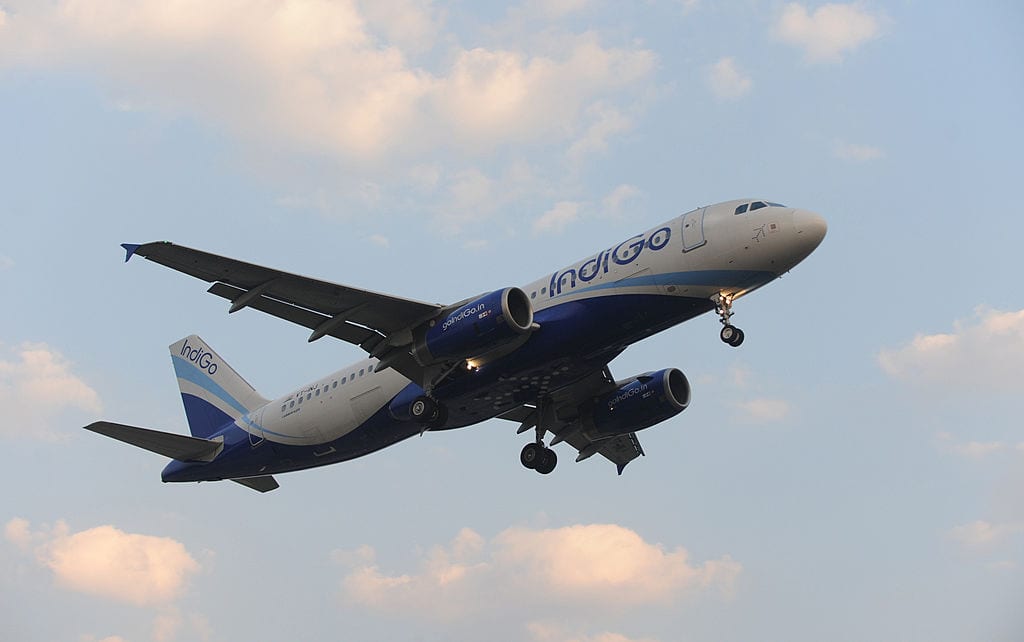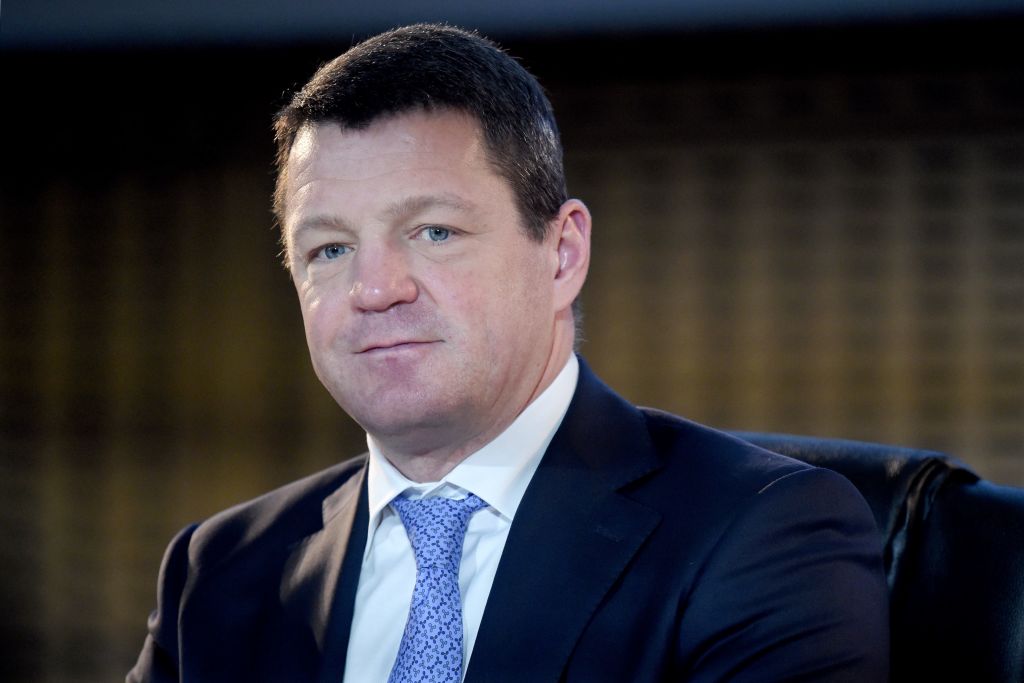- Saturday, July 27, 2024
For the next financial year starting April 2024, Pieter Elbers said the capacity guidance in terms of seat capacity is “early double digits” and one plane is coming in every week.

By: Shubham Ghosh
PIETER Elbers, chief executive of India’s largest airline IndiGo, has said that the carrier aims to double its size by 2030 through inclusion of new domestic and international routes and destinations. With aspirations aligning with India’s economic growth potential, IndiGo, which commands a domestic market share of a little over 60 per cent, is also placing significant bets on the A321 XLR aircraft.
These aircraft are anticipated to join its fleet sometime next year, enabling further expansion of its international presence.
Seeking to consolidate as well as expand its position on the global scale, Elbers told Press Trust of India in an interview that the next big jump for IndiGo will be to double its size by the end of the decade.
For the next financial year starting April 2024, the IndiGo chief said the capacity guidance in terms of seat capacity is “early double digits” and one plane is coming in every week.
Read: Airbus announces record 500-plane deal with IndiGo

Amid supply chain as well as Pratt & Whitney engine woes, Elbers also emphasised that the airline is taking a lot of mitigating measures that are bearing fruits, and that the Aircraft on Ground (AOG) situation is “stable”.
Last month, the airline said the number of AOGs was in the mid-70s.
Read: India civil aviation minister Scindia hails IndiGo’s record 500-jet order with Airbus
Currently, the 17-year-old carrier operates to 88 domestic and 33 international destinations and has a fleet of over 360 planes.
“An airline with double of today’s size, global reach and footprint by the year 2030. That is the ambitious target…,” Elbers said, adding that more codeshare partnerships can be expected.
At present, IndiGo has codeshares with Turkish Airways, British Airways, Qatar Airways, American Airline, KLM-AirFrance, Qantas, Jetstar, and Virgin Atlantic.
Codesharing allows an airline to book its passengers on its partner carriers and provide seamless travel to various destinations.
“Clearly, going forward, we will be seeing a number of new international destinations. We will have some domestic but more international… I would say. Especially, the opportunity to have more international routes, not per se destinations only,” he said and cited the example of services to Singapore that have been increased.
About a year ago, Elbers said that IndiGo was flying to Singapore from three destinations and today, it operates to that country from seven destinations in India.
“I think we have a good opportunity to not only add destinations but even more… adding more routes to our network”.
A mixture of new domestic and international routes will be a key element in the airline’s pursuit to double its size by 2030, for which the “groundwork” has been done.
In December last year, IndiGo announced carrying 100 million passengers in a calendar year, becoming the first airline to achieve the milestone.
“We should compare IndiGo to the global aviation landscape. India (set to become the third largest economy in the world), should and will have airlines matching the ambition of the country itself. So, 100 million was our target to be part of the top ten airlines in the world and today, we are the seventh largest in terms of daily departures…,” Elbers said.
According to the CEO, IndiGo is determined to play a very strong role in India having a strong aviation ecosystem.
“If home is the world’s most populous nation and home is soon going to be the third largest economy in the world, India should have an aviation ecosystem that is matching the size, potential and ambition of the country. IndiGo is determined to play a very strong role in that,” he noted.
After being hit by the coronavirus pandemic, the carrier has got its financials back on track and has remained profitable in the last five quarters, also turning networth positive in the 2023 December quarter.
“Where do we stand today? We have actually created the groundwork for what may be called the next big mission of IndiGo. That is to double in size towards the end of the decade. You can only have that ambition if your foundations are correct,” the IndiGo chief said.
To a query on whether the airline will be going for wide-body planes and also introducing new classes, Elbers said, “We keep all options open and we evaluate, we take decisions for IndiGo that are matching the needs of the market and IndiGo at the appropriate time”.
He also highlighted that A321 XLR aircraft, which are expected to come into its fleet “somewhere in 2025”, will help the airline in further expanding its range.
“XLRs will bring us to parts of Europe, Asia and places like Athens, Seoul, Rome… that will be a wonderful expansion of IndiGo,” he added. The airline has more than 900 planes on order. At the end of December 2023, the carrier had a fleet of 358 aircraft, including 31 A320 ceos (11 damp lease), 184 A320 neos, 94 A321 neos, 44 ATRs, 3 A321 freighters and 2 B777s.
(With PTI inputs)